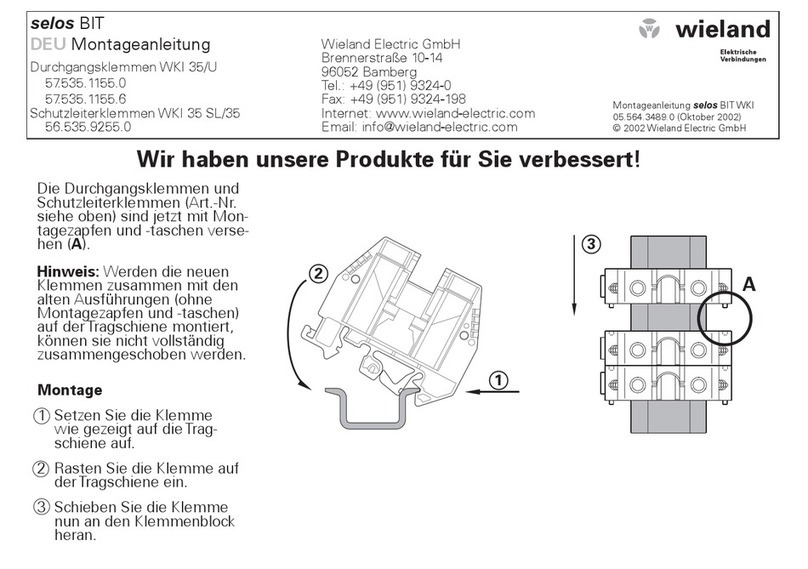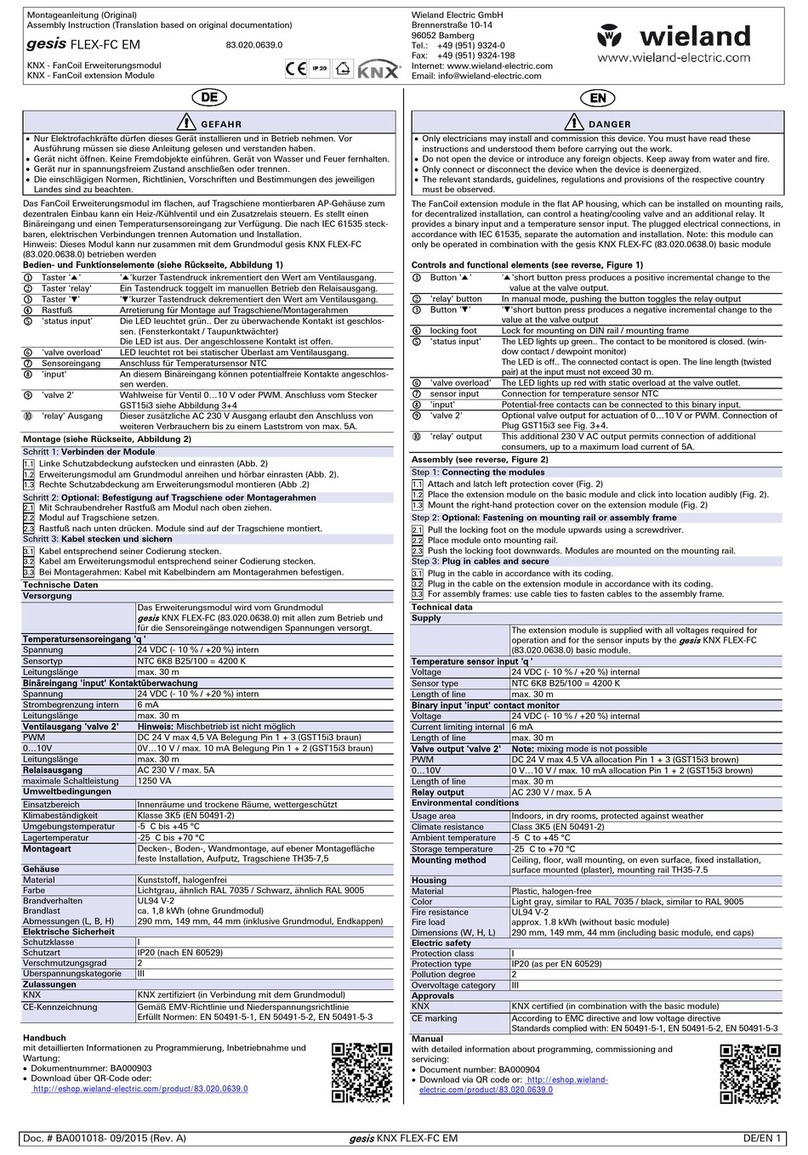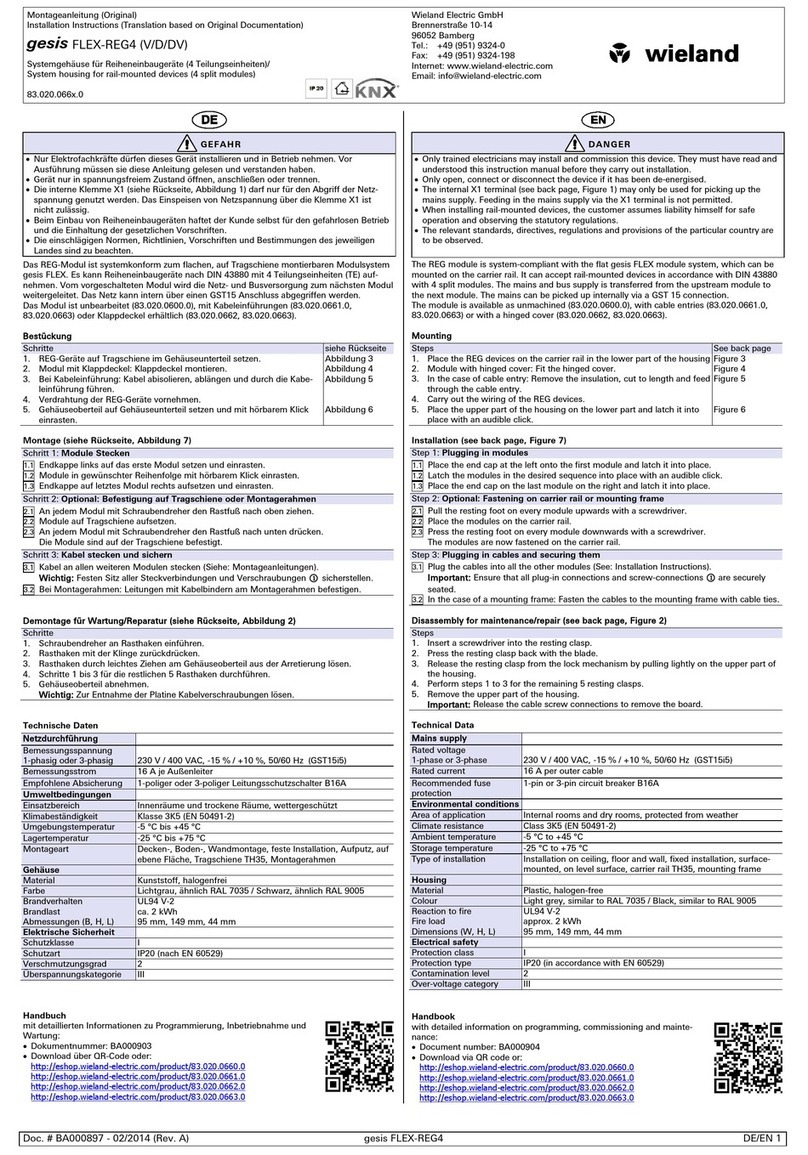Wieland podis CON User guide




















Other manuals for podis CON
1
This manual suits for next models
1
Table of contents
Other Wieland Industrial Electrical manuals
Popular Industrial Electrical manuals by other brands
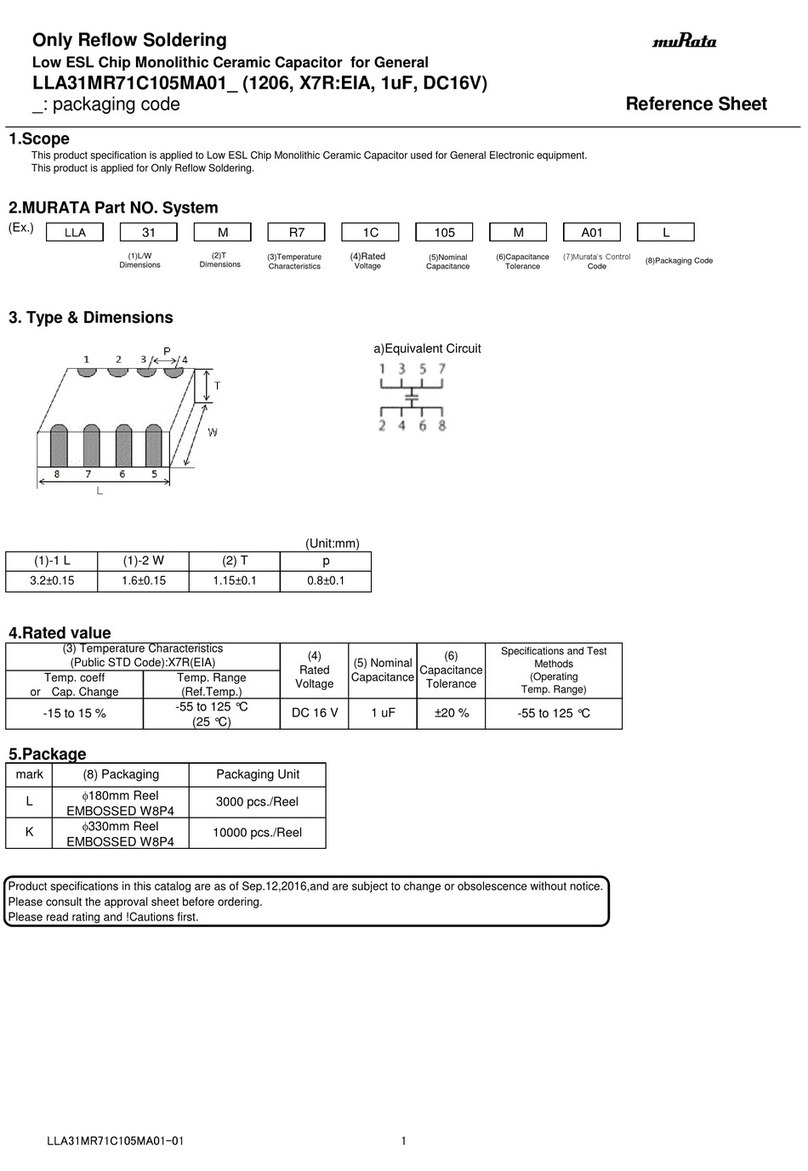
Murata
Murata LLA31MR71C105MA01 Series Reference sheet
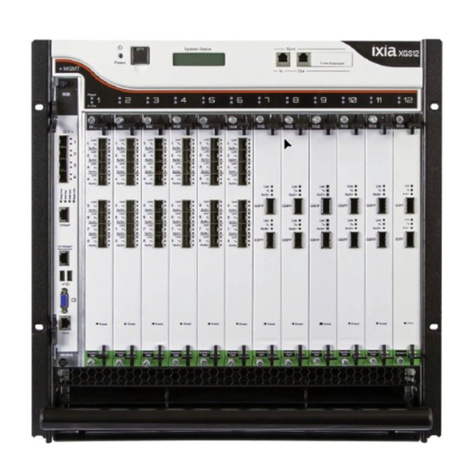
Keysight Technologies
Keysight Technologies Ixia XGS12 Assembly guide
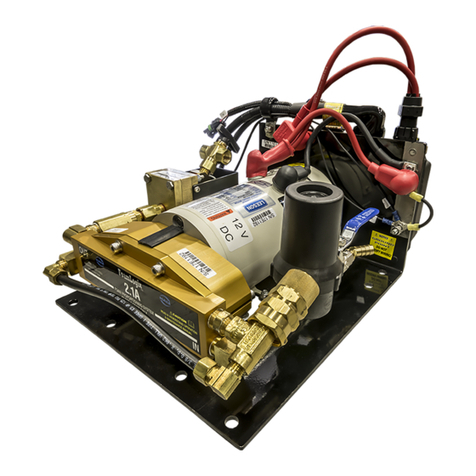
HALE
HALE FoamLogix 1.7AHP Description, Installation and Operation Manual
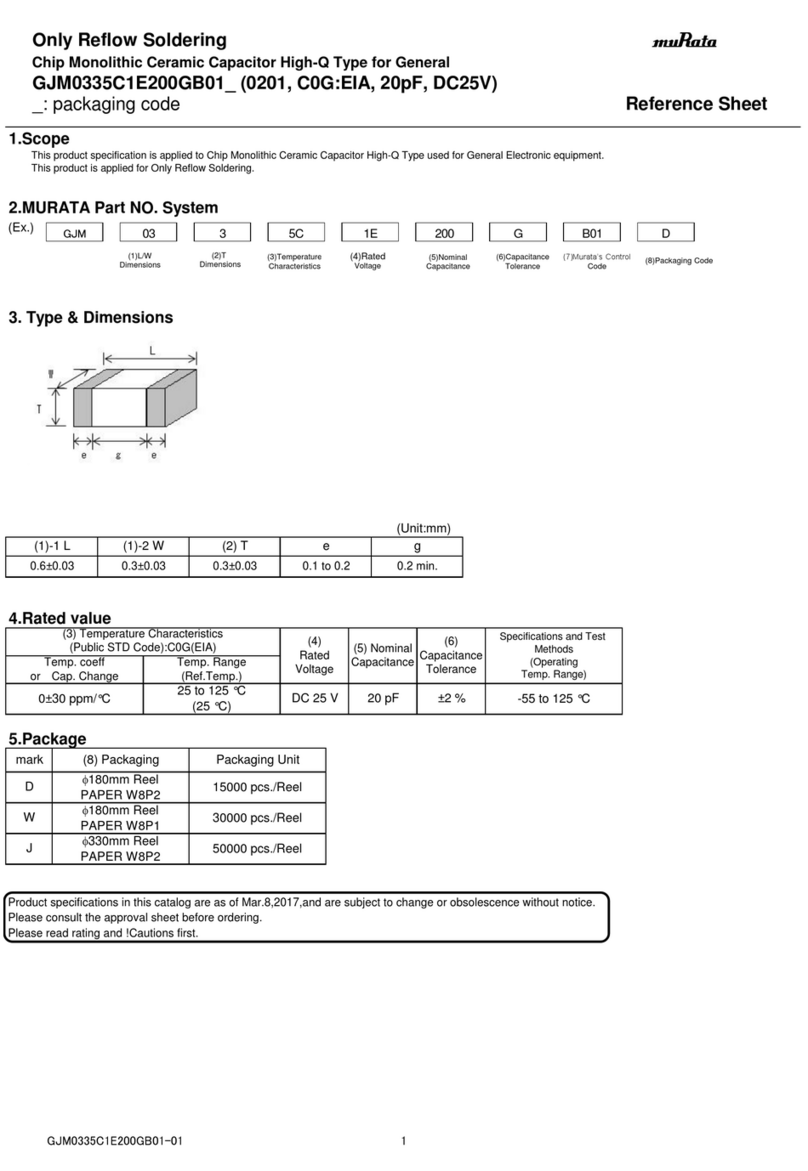
Murata
Murata GJM0335C1E200GB01 Series Reference sheet
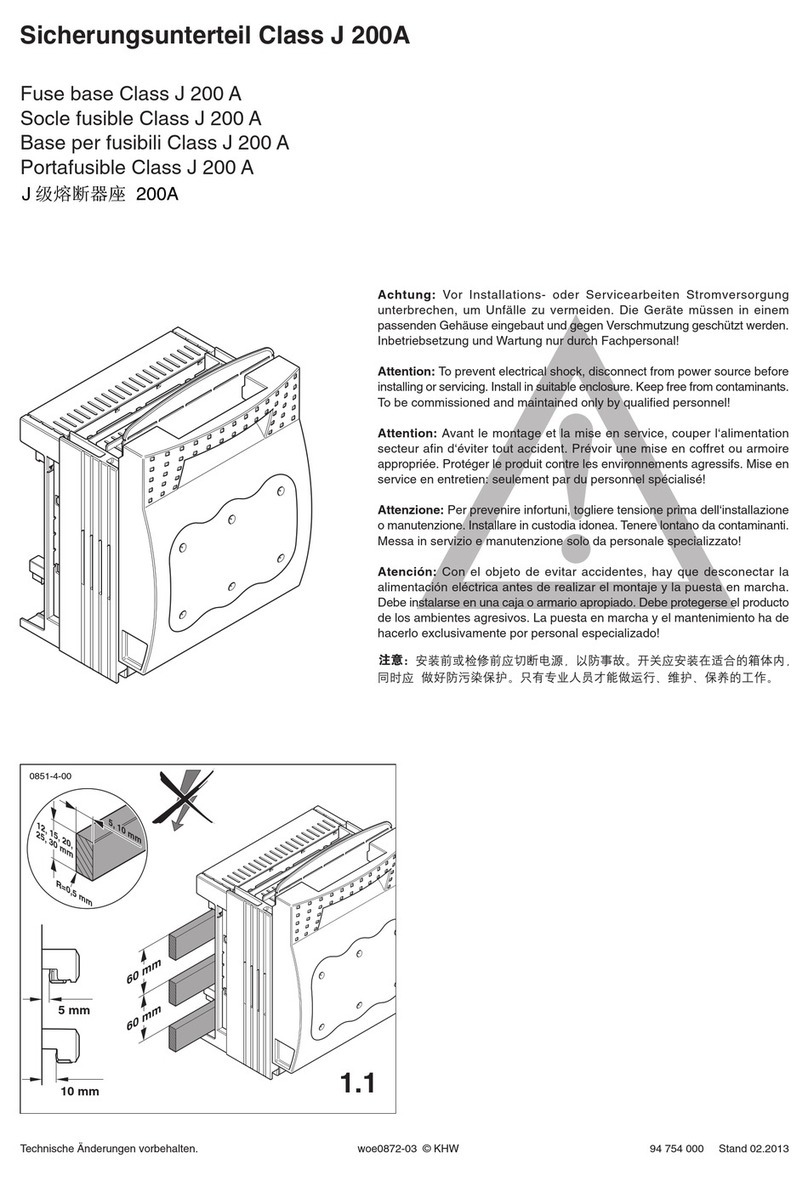
Wöhner
Wöhner QUADRON 60Classic manual
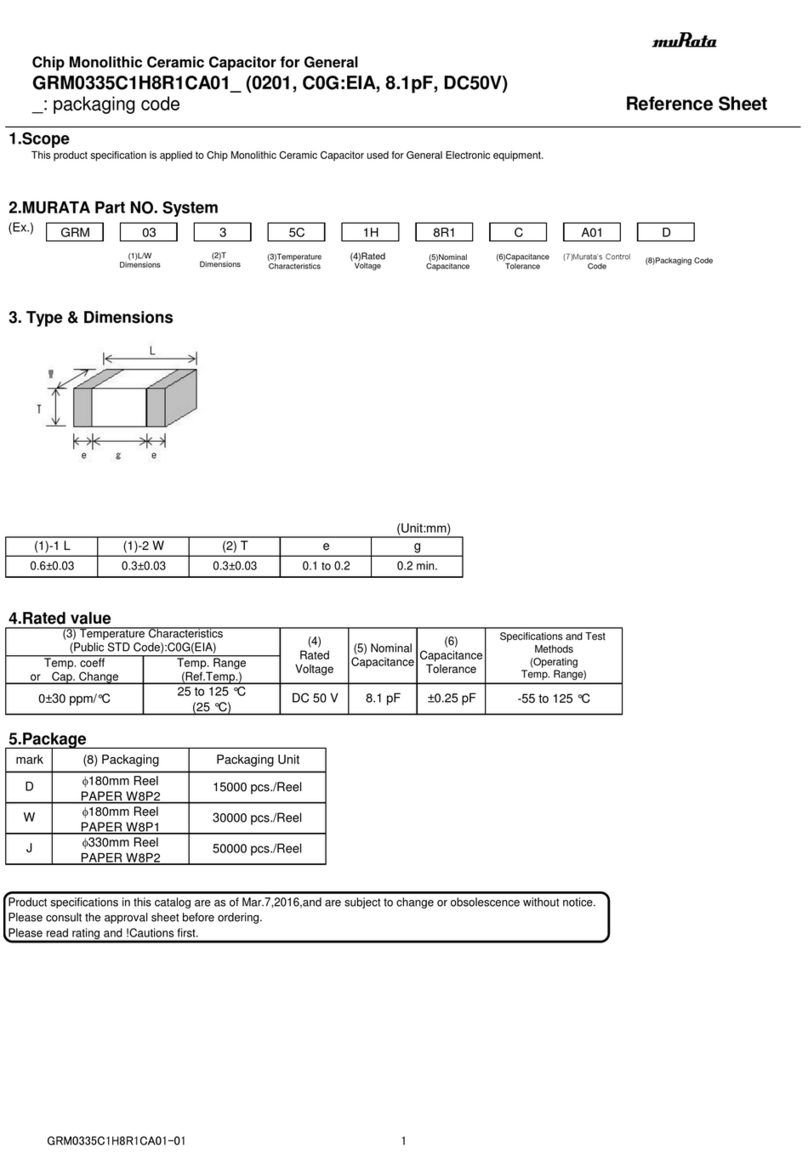
Murata
Murata GRM0335C1H8R1CA01 Series Reference sheet
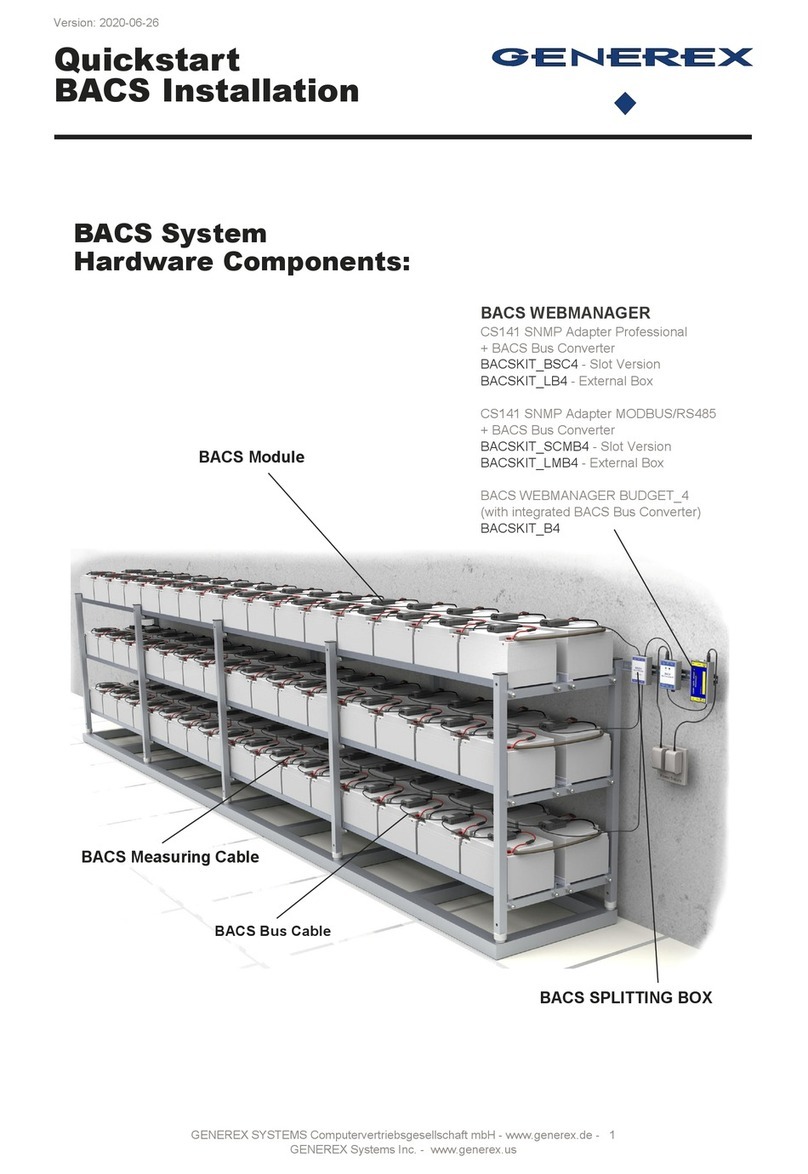
Generex
Generex BACS System quick start guide
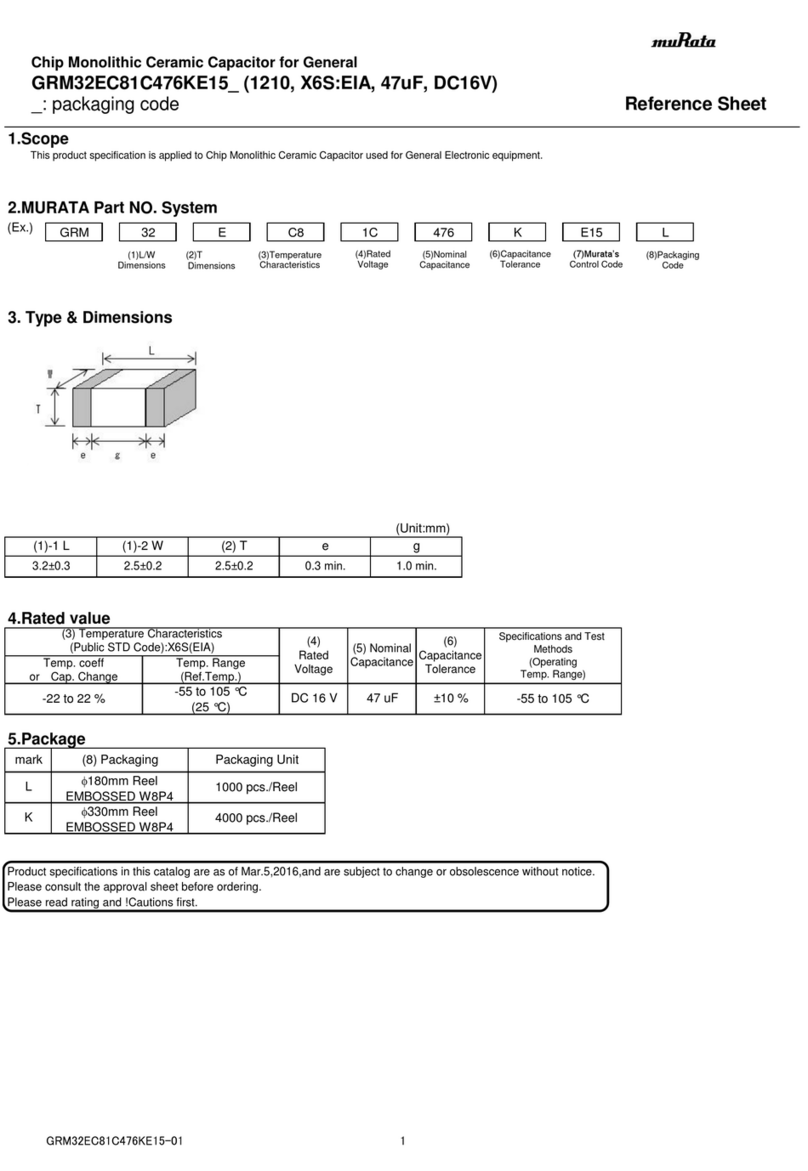
Murata
Murata GRM32EC81C476KE15 Series Reference sheet

Taga Harmony
Taga Harmony PC Series instruction manual
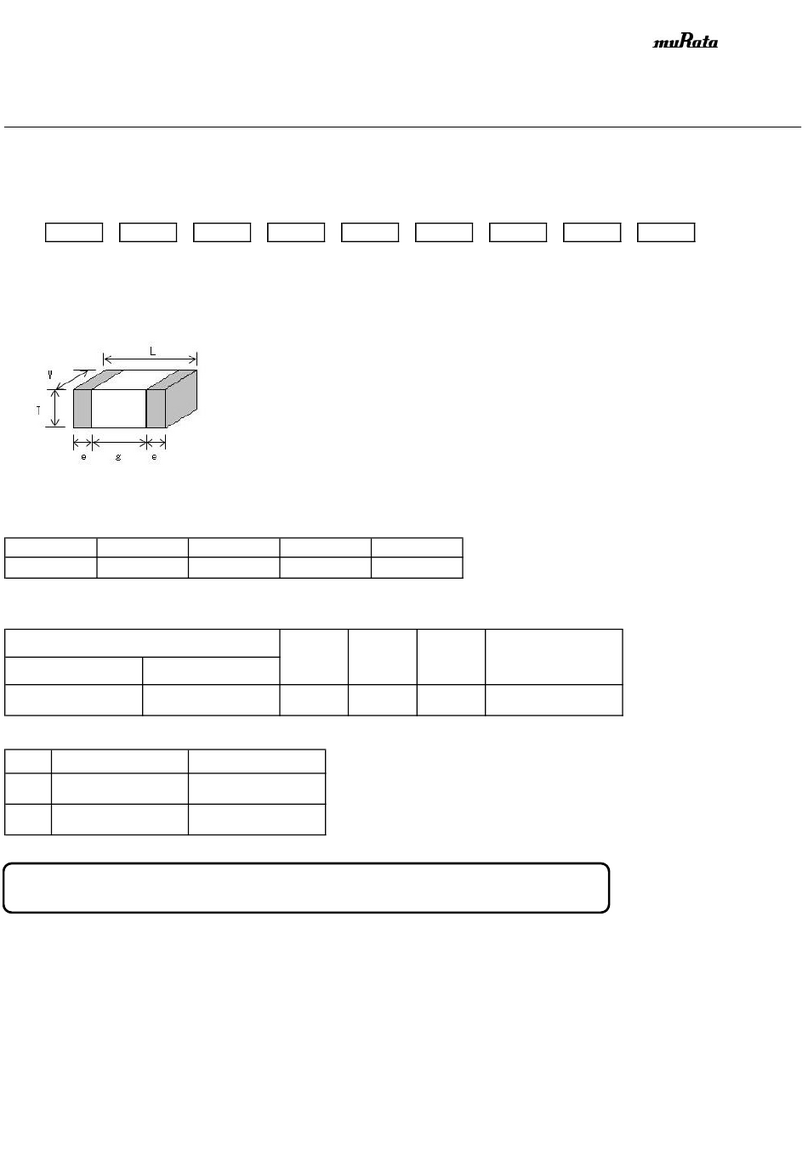
Murata
Murata GRM185R60J225KE26 Series Reference sheet
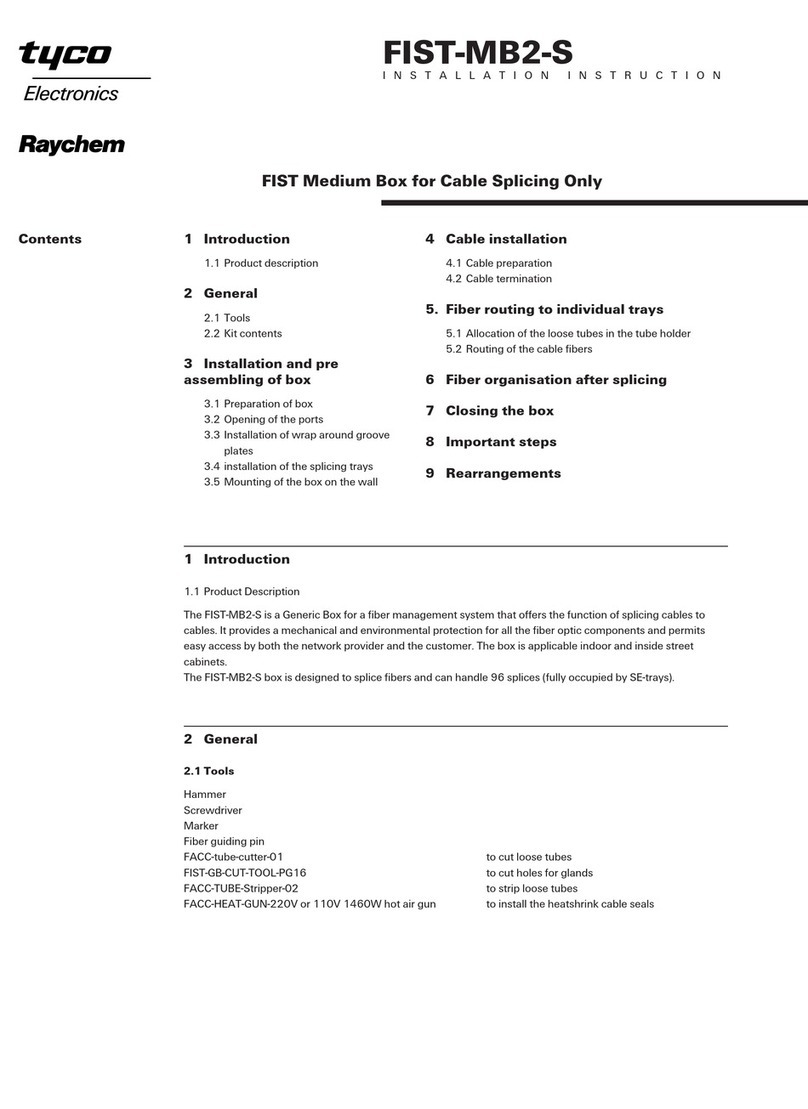
Tyco Electronics
Tyco Electronics Raychem FIST-MB2-S Installation instruction
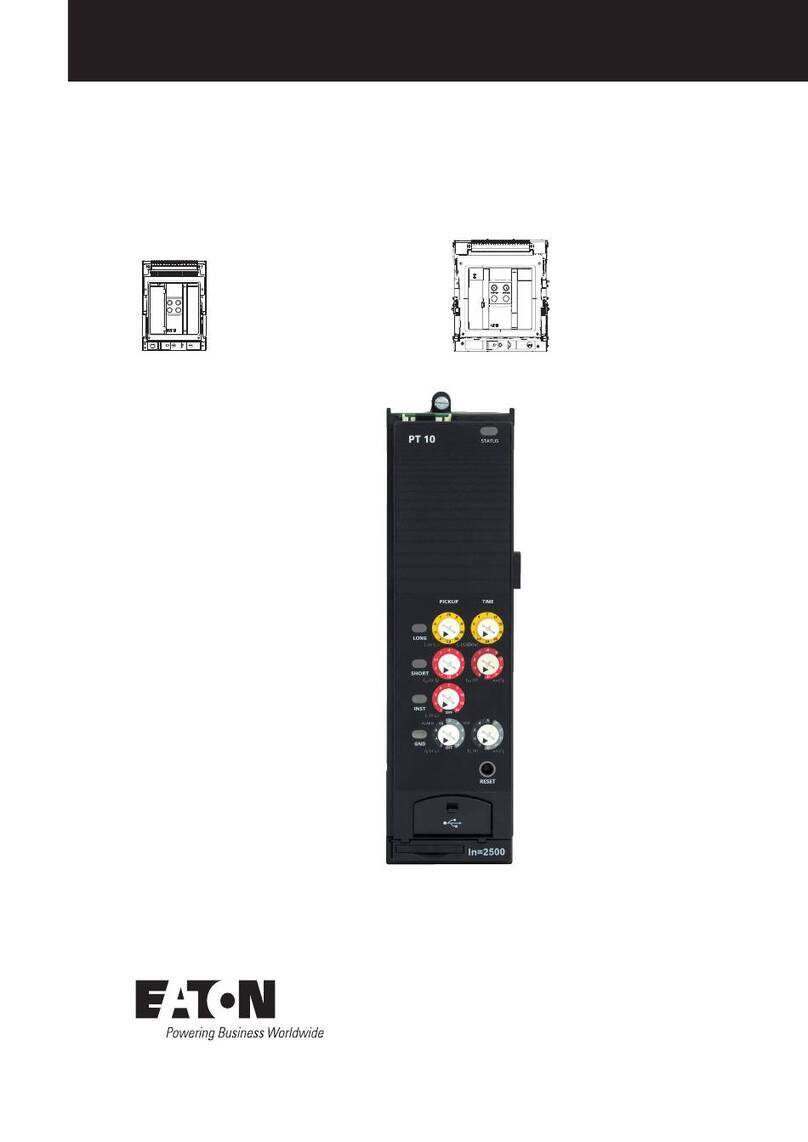
Eaton
Eaton PT 10 instruction manual
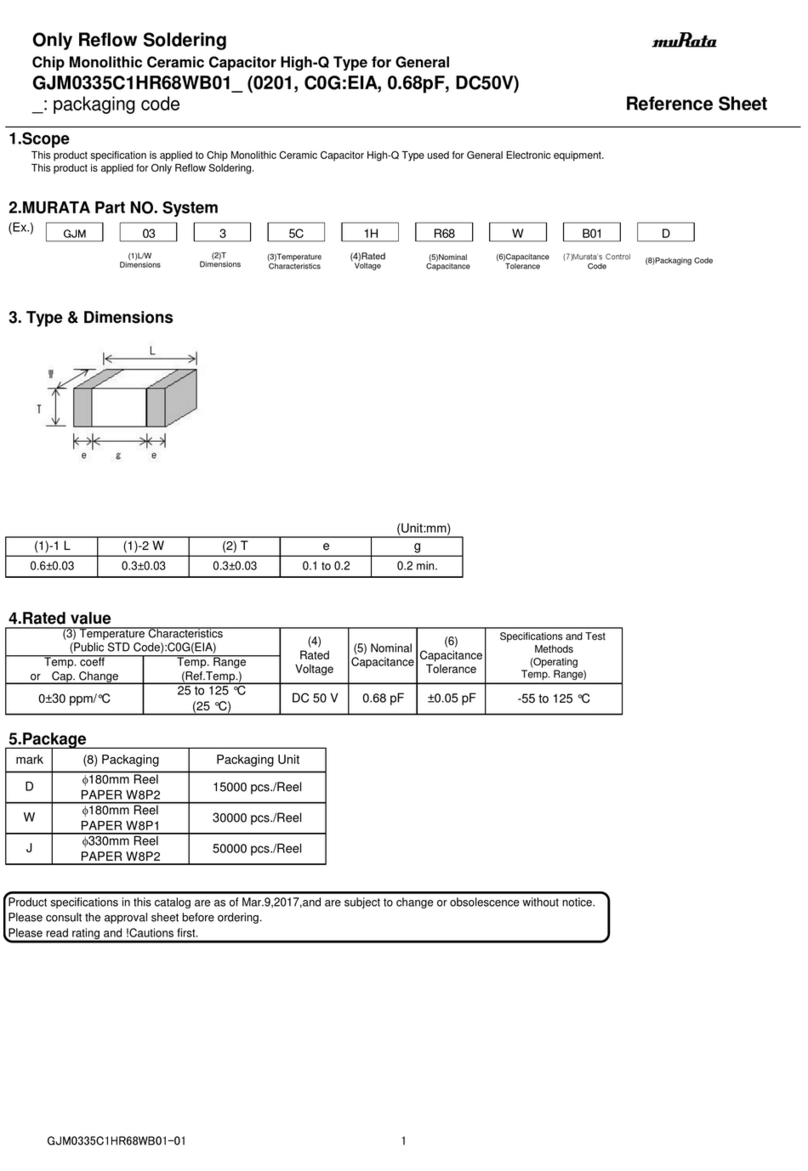
Murata
Murata GJM0335C1HR68WB01 Series Reference sheet
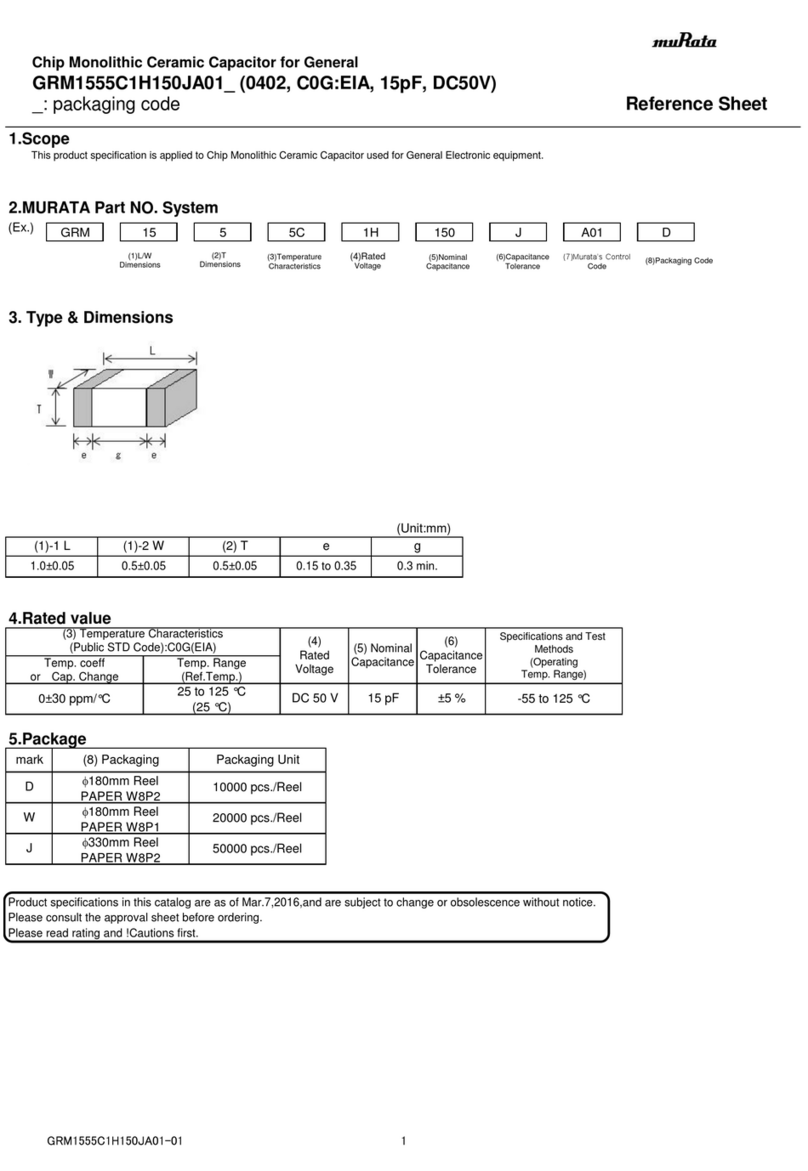
Murata
Murata GRM1555C1H150JA01 Series Reference sheet
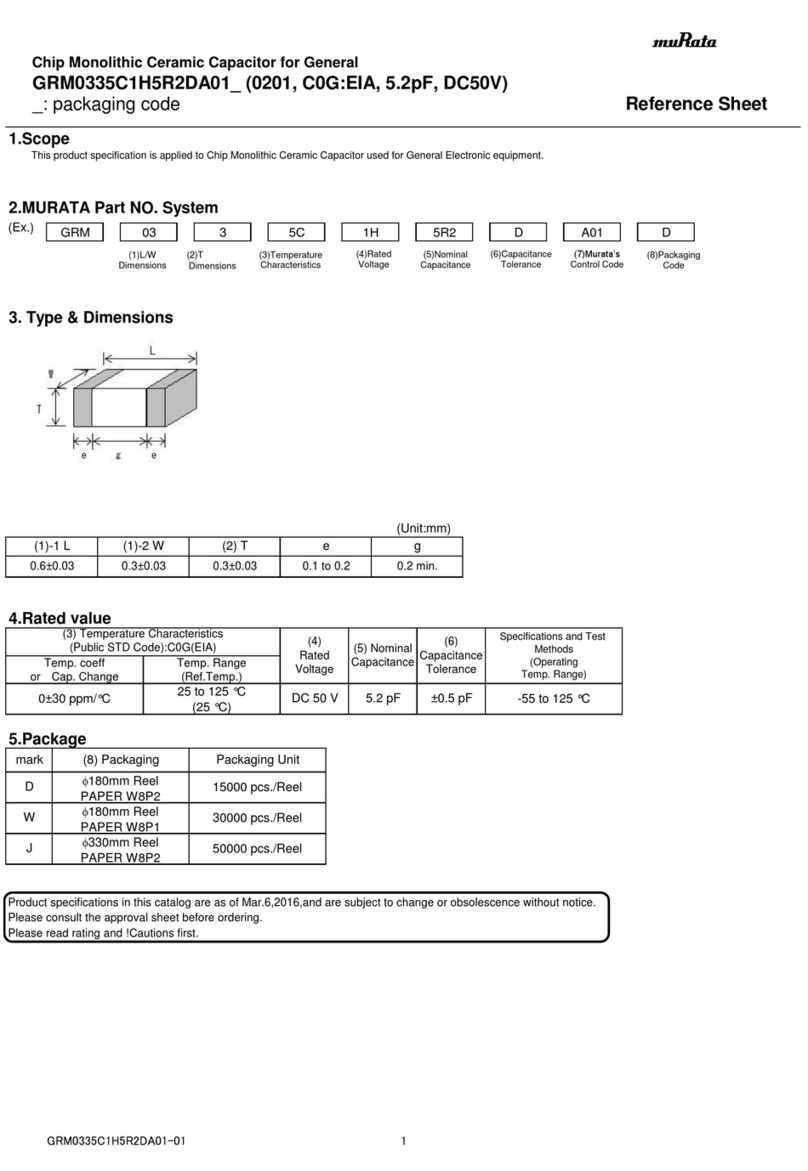
Murata
Murata GRM0335C1H5R2DA01 Series Reference sheet
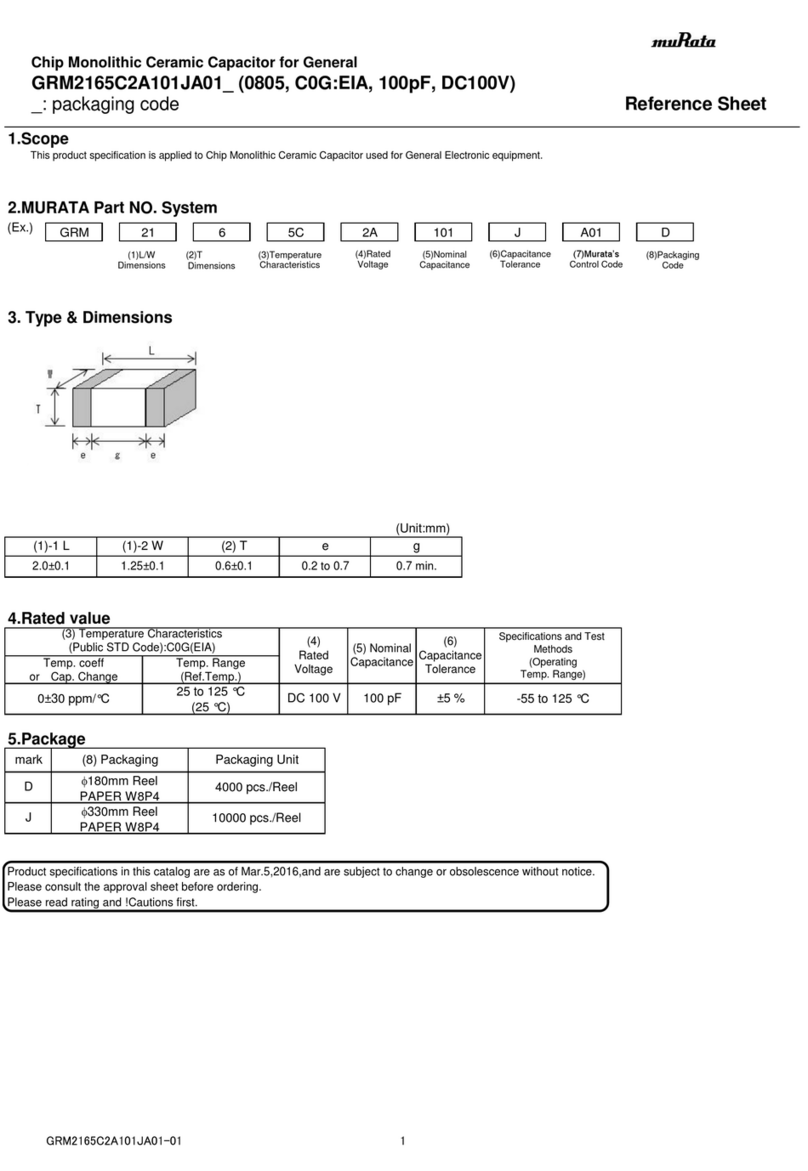
Murata
Murata GRM2165C2A101JA01 Series Reference sheet

Murata
Murata GRM188R71E104MA01 Series Reference sheet
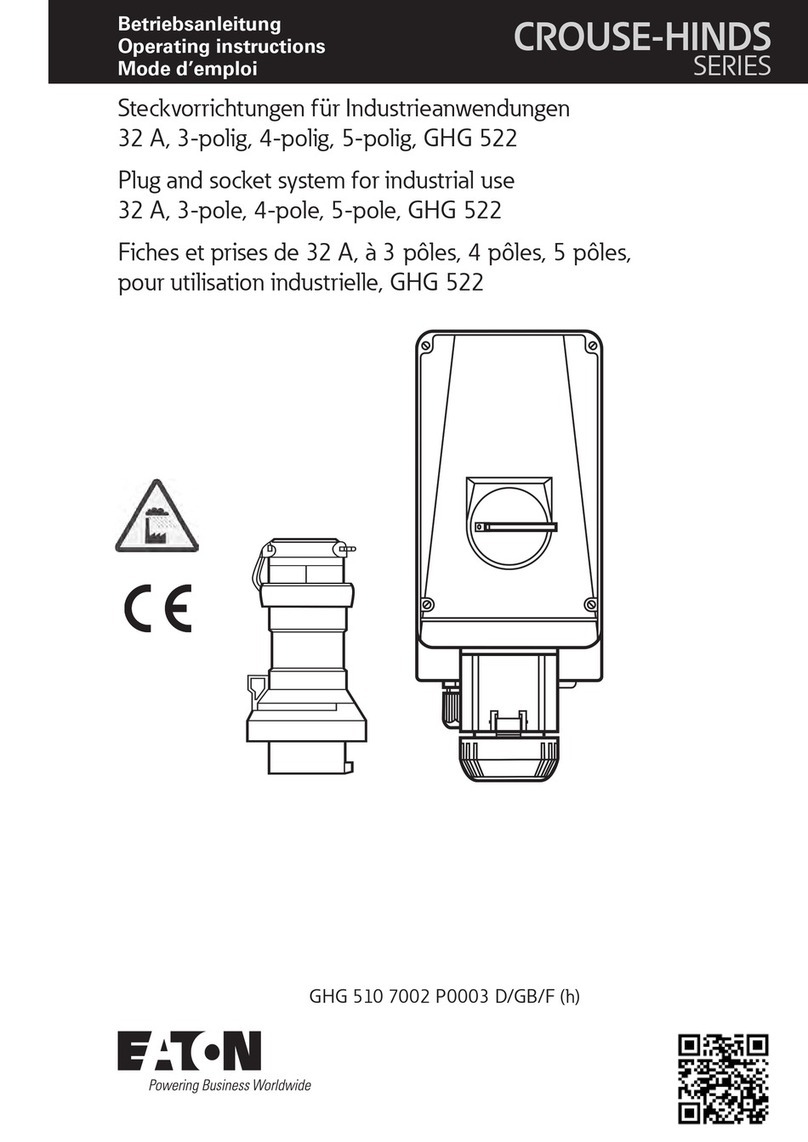
Eaton
Eaton Crouse-hinds series operating instructions
